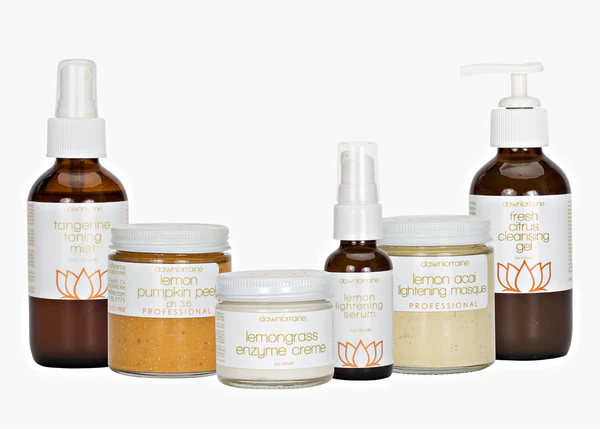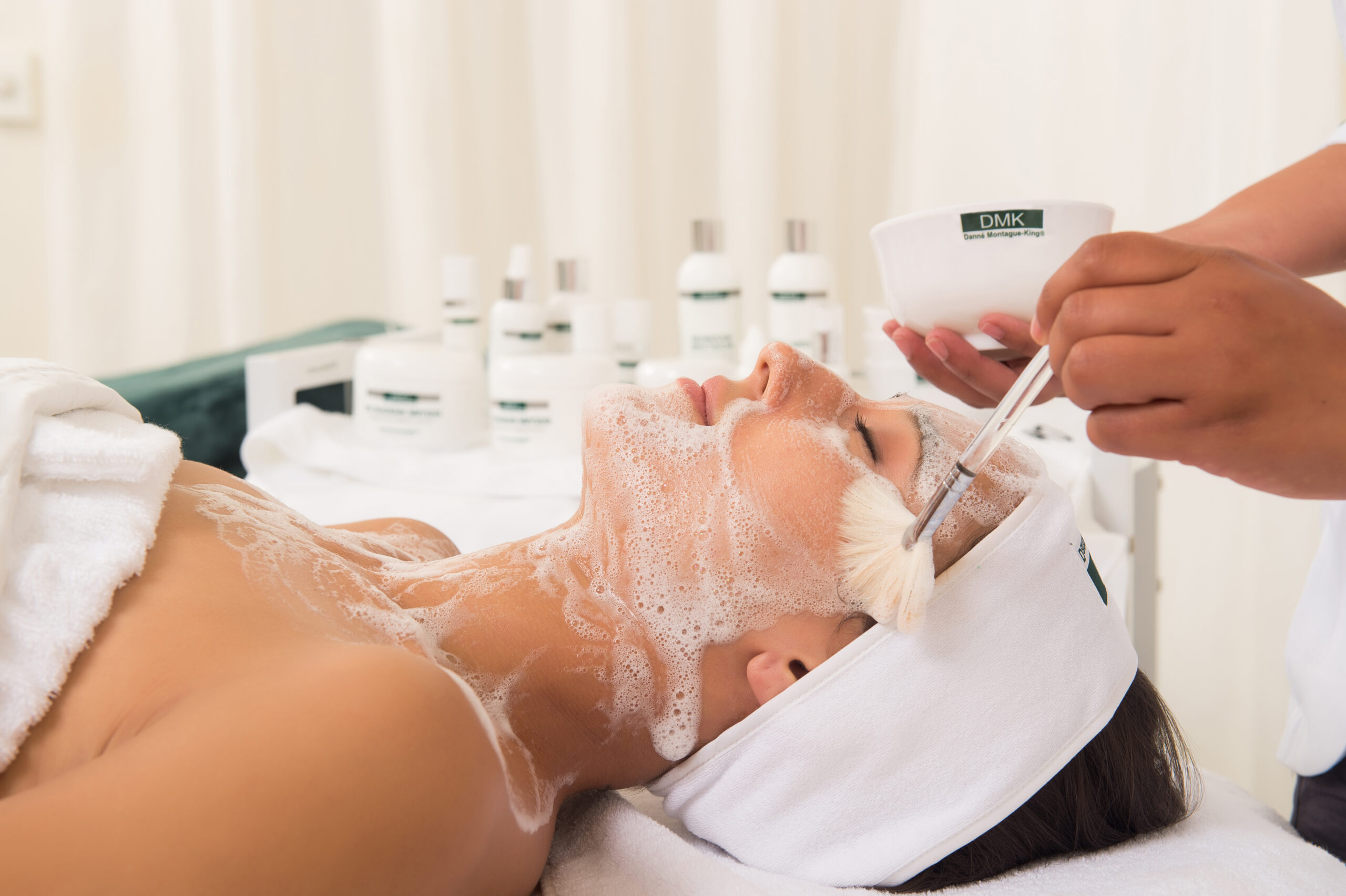Acne is a common skin condition that affects millions of people worldwide. While the exact causes of acne are multifactorial, emerging research suggests that diet plays a significant role in its development and severity. This article aims to explore the relationship between diet and acne, highlighting the impact of various dietary factors on skin health.
8 Ways Diet Can Impact Acne
1. High Glycemic Index Foods
The glycemic index is a rating system for foods containing carbohydrates. It shows how quickly each food affects the blood sugar level when that food is eaten on its own. Consuming foods with a high glycemic index (GI) can lead to a rapid increase in blood sugar levels, which triggers a cascade of hormonal responses that contribute to acne development. High GI foods such as refined grains, sugary snacks, and soft drinks can result in increased insulin production and insulin-like growth factor (IGF-1) levels. IGF-1 stimulates the production of sebum and also the proliferation of skin cells. The combination leads to clogged pores. This promotes inflammation, contributing to acne formation.
2. Dairy Products
Several studies have suggested a potential link between dairy consumption and acne. Milk contains hormones, such as insulin-like growth factor-1 (IGF-1), which may stimulate the production of sebum and contribute to clogged pores. Additionally, milk proteins, particularly casein, have been implicated in promoting inflammation and acne. While more research is needed to establish a definitive causal relationship, reducing dairy intake or recommending dairy alternatives may be beneficial for individuals prone to acne.

Dawn Lorraine Organic Skincare
Radiant Renewal Organic Facial
Dawn Lorraine’s signature Radiant Renewal professional pigment reducing signature facial treatment is the perfect solution for your client with sun and age damage who needs brightening and lightening.
Dramatically reduces uneven skin tone.
Brightens overall skin appearance
Works to reduce and prevent hyper-pigmentation
3. Omega-6 Fatty Acids
Most people have an inaccurate understanding of omega fatty acids, believing all omega fatty acids are the same. Wrong! Omega fatty acids must be eaten in a particular ratio in order to be beneficial for our bodies’ nutritional needs. People need to consume four omega-3 for every one omega-6 fatty acid. Modern Western diets tend to be imbalanced in their ratio of omega-6 to omega-3 fatty acids, with an excess of omega-6 fatty acids. This imbalance can promote inflammation within the body, including the skin. Sources of omega-6 fatty acids include vegetable oils (corn, soy, sunflower), processed foods, and meat from animals raised on grains. By incorporating omega-3-rich foods like fatty fish, salmon, walnuts, and flaxseeds, individuals can restore the balance and potentially reduce inflammatory acne lesions.
4. Saturated and Trans Fats
The type of fat found in processed and fried foods are linked to systemic inflammation and the worsening of acne symptoms. These fats are also linked to a high IGF-1.
5. Antioxidant-Rich Foods
Antioxidants play a crucial role in reducing oxidative stress and inflammation, both of which contribute to acne. Consuming a diet rich in fruits and vegetables provides a wide range of antioxidants, including vitamins A, C, and E, and beta-carotene, niacinamide. These nutrients help protect the skin from damage, support the immune system, and promote healing. Including colorful fruits and vegetables in one’s diet can therefore help improve acne symptoms.

Sesha Skincare
4 Step Nano Facial
It combines the patented P.E.T Sesha Delivery System with the added infusion of the Nano-Tip MesoBotanica Pen. You will see immediate results after one treatment of SESHA MesoBotanica 4-Step Nano-tip Facial Protocol. We have carefully designed a protocol to ensure the client receives an enhanced version of a traditional facial with faster and better results. You will receive a complete kit that will allow you to perform the treatment on clients. There are professional-only products that you will use in the treatment and infuse with the MesoBotanica Pen.
6. Iodine-Rich Foods
Excessive iodine intake has been associated with acne exacerbation in some individuals. Iodine is found in high amounts in iodized salt, seaweed, seafood, and certain dairy products. The exact mechanisms behind this relationship are still unclear. However, if acne flares coincide with increased iodine consumption, reducing intake of iodine-rich foods may be worth considering.
7. Food Sensitivities and Allergies
Food sensitivities or allergies can trigger inflammatory responses that manifest as acne or worsen existing acne symptoms. Common culprits include gluten, dairy, shellfish, and peanuts. Identifying and eliminating trigger foods through an elimination diet or with the help of a nutrition specialist may help improve skin health for those affected.
8. Gut-Skin Biome Connection
The collection of microorganisms that live in the digestive tract affect the overall health of the entire body, including the integumentary system. The gut microbiome affects how our immune system responds to triggers of infection and pathogens determined to upset the body’s homeostasis.

DMK-Danné Montague-King Co.
Everyone deserves the confidence that comes from having great skin.
Through our unique state-of-the-art botanical science and innovative technology, we have formulated a range of skincare treatments and products designed to act like an ecosystem for the skin.
DMK is committed and passionate about helping to improve people’s lives by changing their skin for the better.
A healthy gut biome has a barrier that is effective at keeping the contents of the gut, including undigested food particles and toxins from escaping into the bloodstream.
If the gut barrier is weakened, due to stress, lifestyle, poor diet then the likelihood of bacteria and other particles to escape into the bloodstream becomes more real. This is called Leaky Gut Syndrome and there is hugely mounting evidence that it can lead to activating the immune system and creating low-grade inflammation in the entire body, including inflammation in the skin, stimulating acne breakouts.
The gut and skin barrier share many features. Both are highly ennervated and vascularized. Both are essential for immune and neuro-endocrine function.
The inner surface of the gut and the outer surface of the skin are both covered in endothelial cells. The endothelial cells are directly tied to the immune system, priming it to distinguish between what is harmful and what is beneficial to the body.
Both skin and gut have a high cell turnover rate and both are very responsive to stress and anxiety, emotional traumas.

Contribution by Mary Nielsen
A technician, educator, mentor, and business owner, Mary Nielsen has been at the forefront of medical esthetics since its infancy in the early 1990s. She is a Certified Advanced Esthetician in the State of Oregon and a Master Esthetician in Washington. She is a licensed esthetics instructor. She is also a licensed nurse. She served as the Vice Chair and Industry Expert on the Oregon Board of Certified Advanced Estheticians. She is the author of A Compendium for Advanced Aesthetics, a Guide for the Master Esthetician, and Fearless Beauties, Treating Skin of Color with Confidence. She has authored four chapters in the newest Milady Standard Esthetics textbook released in May 2019. She is also a diplomate with the American Board of Laser Surgery in Cosmetic Laser Procedures. She is the Executive Director of Spectrum Advanced Aesthetics, the founder of the Cascade Aesthetic Alliance as well as the OG of Fearless Beauties.
A study done in 2018 showed that clients with acne have a distinct gut microbiome composition. The bacteria Firmicutes breaks down carbohydrates. Bacteriodes create fatty acids. Acne clients gut microbiome have a decreased diversity of the gut microbiota with a lower abundance of Firmicutes and increased levels of Bacteroides.
Clostridium, another gut bacteria, plays a role in energizing intestinal epithelial cells and strengthening the intestinal barrier. Costridiales break down sugars. Lachnospiraceae bacteria enhances the breakdown of short chain fatty acids, stimulating immune function. Another gut bacteria, Ruminococcaceae ferments dietary fiber, creating an energy source for the body. Acne clients were extremely deficient in Clostridium, Costridiales, Lachnospiraceae, and Ruminococcaceae.
Eating a diet that contains prebiotics and probiotics, such as sauerkraut and other fermented foods will influence the gut biome and lead to clearer skin.
Conclusion: While the relationship between diet and acne is complex and varies from person to person, emerging evidence suggests that certain dietary factors can influence acne development and severity. Helping your clients who are struggling with acne means more than topical applications of products. What goes in the body for nutrition needs to be acknowledged in addition to what goes on the skin. Recommending a food diary and also a low-glycemic index diet, reducing dairy consumption, balancing omega-6 to omega-3 fatty acids and increasing antioxidant rich foods can impact skin health.

